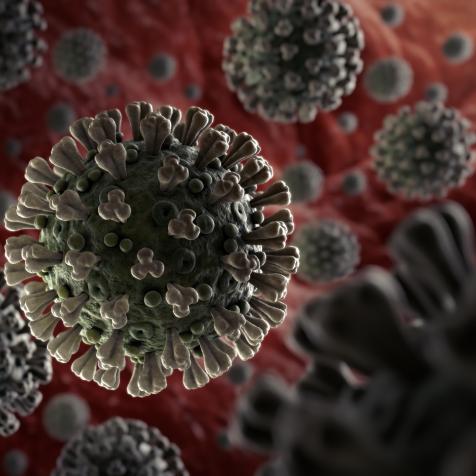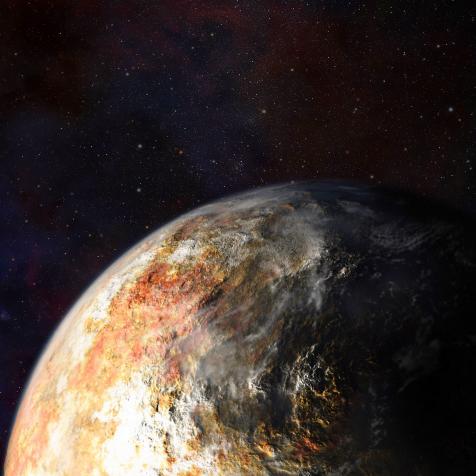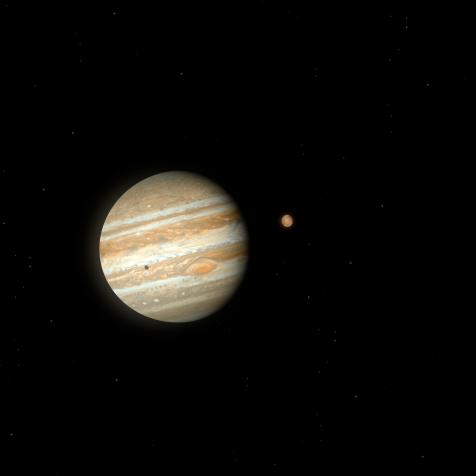
Wikimedia Commons
The Double-Slit Experiment Cracked Reality Wide Open
This little experiment started science down the bizarre road of quantum mechanics.
The double-slit experiment seems simple enough: Cut two slits in a sheet of metal and send light through them, first as a constant wave, then in individual particles. What happens, though, is anything but simple. In fact, it's what started science down the bizarre road of quantum mechanics.

Curiosity.com
You Got Particles in My Waves
In the early 1800s, the majority of scientists believed that light was made up of particles, not waves. English scientist Thomas Young had a hunch that the particle theory wasn't the end of the story and set out to prove that light was a wave. He knew that waves interacted in predictable ways, and if he could demonstrate those interactions with light, he could prove that light was indeed a wave. So he set up an experiment: He cut two slits in a sheet of metal and shone light through them onto a screen.
If light were indeed made of particles, the particles that hit the sheet would bounce off and those that passed through the slits would create the image of two slits on the screen, sort of like spraying paint on a stencil. But if light were a wave, it would do something very different: Once they passed through the slits, the light waves would spread out and interact with one another. Where the waves met crest-to-crest, they'd strengthen each other and leave a brighter spot on the screen. Where they met crest-to-trough, they would cancel each other out, leaving a dark spot on the screen. That would produce what's called an "interference pattern" of one very bright slit shape surrounded by "echoes" of gradually darker slit shapes on either side. Sure enough, that's what happened. Light traveled in waves. All's well that ends well, right? Keep reading.
Wait, That Can't Be Right
Around the turn of the 20th century, a few scientists began to refine this idea. Max Planck suggested that light and other types of radiation come in discrete amounts — it's "quantized" — and Albert Einstein proposed the idea of the photon, a "quantum" of light that behaves like a particle. As a result, he said that light was both a particle and a wave. So back to the double-slit experiment: Remember when we said if light were a particle, it would create a sort of spray-paint stencil pattern instead of an interference pattern? By using a special tool, you actually can send light particles through the slits one by one. But when scientists did this, something strange happened.
The interference pattern still showed up.
This suggests something very, very weird is going on: The photons seem to "know" where they would go if they were in a wave. It's as if a theater audience showed up without seat assignments, but each person still knew the exact seat to choose in order to fill the theater correctly. As Popular Mechanics puts it, this means that "all the possible paths of these particles can interfere with each other, even though only one of the possible paths actually happens." All realities exist at once (a concept known as superposition) until the final result occurs.
Weirder still, when scientists placed detectors at each slit to determine which slit each photon was passing through, the interference pattern disappeared. That suggests that the very act of observing the photons "collapses" those many realities into one. Mind-blowing, right? It is for scientists too, which is why quantum mechanics is one of the most hotly debated areas of modern science.
This article first appeared on Curiosity.com.





















